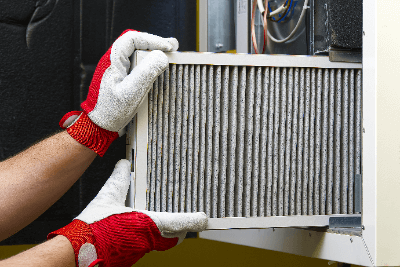What Is an Etching Process?

An etching process is a technology to form various patterns by partially dissolving or cutting a specified portion of a metal sheet, which is the material to be processed, to hollow out the specified portion of the sheet, or to make the sheet thinner to a specified thickness.
Features of Etching Processes
Etching processes can process complex patterns on extremely thin or small metal sheets with high precision. It is widely used in the manufacture of electronic components, such as semiconductors and medical devices.
In addition to stainless steel, copper, and iron, molybdenum, and titanium are among the materials that can be handled in the etching processes.
The advantage of the etching process is that it can be performed quickly and at a low cost, but it also has the disadvantage of not being suitable for mass production.
Uses of Etching Processes
The etching processes can be used to process fine patterns that cannot be handled by press working and to process thin work materials with extremely high precision. For this reason, it is used in the manufacture of integrated circuits that make up the aforementioned electronic components, such as semiconductors and medical devices, as well as in the patterning of heater wires (SUS foil) for thin heaters.
Of course, many etched parts are incorporated into products that combine many components, such as electronic devices and automobiles. It is also suitable for the production of products that require precision, such as general household goods, interior design items, and clothing.
Principle and Process of Etching Processes
Principle of Etching Processes
In the etching processes, a protective film is formed on a metal plate as the work material, onto which the patterned shape to be fabricated is transferred, and the portions of the metal plate without the protective film are dissolved or cut. The metal sheet is then hollowed out or thinned to a specified thickness to create various pattern shapes.
Etching Processes
The actual process includes the following steps:
1. Plate Making Process
Two base plates are created according to the desired pattern shape using CAD. This is to sandwich the material to be processed between the two base plates. At this point, precision is required in the creation of the base plates because any discrepancy in the dimensions of the base plates will greatly affect the quality of the finished product.
2. Laminating Process
This is the process of attaching photoresists to form a protective film on a metal plate, which is the material to be processed. Photoresist is a photosensitive substance that is used in later processes to “transfer the pattern shape to the metal sheet to be processed” and “protect the parts of the metal sheet not to be removed from etching.”
Since the degree of adhesion between the metal plate and photoresist greatly affects the quality after processing, the photoresist is generally applied after degreasing and cleaning the metal plate to be processed.
3. Pattern Shape Transfer Process
A metal plate to which photoresist is applied is sandwiched between base plates and irradiated with UV light. The photoresist on the area not shaded by the base plate is then photosensitized, resulting in the pattern shape of the base plate being transferred to the metal plate to be processed.
4. Etching Processes
First, the photoresist is removed from the area to be removed by etching along the pattern that appears on the surface of the workpiece. Then, an etchant that dissolves metal is sprayed on the area, which dissolves only the area where the photoresist has been removed from the metal plate, leaving only the pattern shape. Finally, the photoresist is removed from the entire material to be processed.
Types of Etching Processes
There are two types of etching processes: wet etching, which uses etchant as described above, and dry etching, which uses reactive ion gas or plasma gas.
1. Wet Etching
Wet etching is a processing method to obtain a pattern shape by reacting to a chemical solution to a workpiece to which the photoresist has been transferred in a predetermined pattern shape as described above. This method is used in semiconductor manufacturing processes, etc. Wet etching with a badge method, in which multiple workpieces are immersed in a chemical solution, is widely used.
It has the advantage of high productivity because multiple workpieces can be processed simultaneously, but it is not suitable for processing ultra-fine pattern shapes because, in principle, it also erodes and dissolves the underside of the photoresist.
2. Dry Etching
Dry etching is a method of obtaining a predetermined pattern shape by cutting the areas without a photoresist by applying reactive ion gas or plasma gas to a workpiece on which the photoresist has been transferred in a predetermined pattern shape. In dry etching, reactive ion gas or plasma gas is applied perpendicularly to the photoresist to cut the workpiece.
In other words, while wet etching is an isotropic etching process, dry etching is an anisotropic etching process. In principle, the gas erodes perpendicularly to the photoresist, so in dry etching, the gas does not reach the underside of the photoresist as in wet etching, making it more suitable for processing ultra-fine pattern shapes than wet etching.
Other Information on Etching Processes
Integrated Circuits and Etching Processes
Etching is often used in the fabrication process of integrated circuits, where three-dimensional structures are deposited in layers. Since the three-dimensional structures that make up integrated circuits have extremely delicate pattern shapes, not only wet etching but also dry etching is used to enable more delicate processing.
It is important to select the appropriate wet etching processes or dry etching processes according to the required productivity and the level of integration (fineness of patterning).